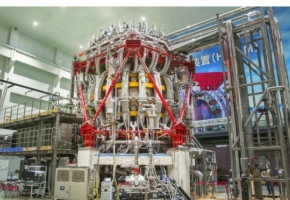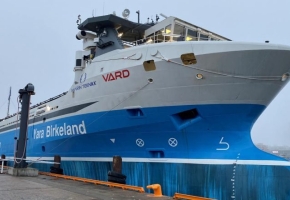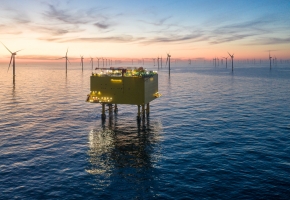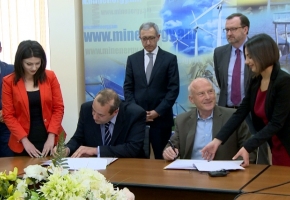Atlantic sturgeon reintroduced in Sweden for the first time
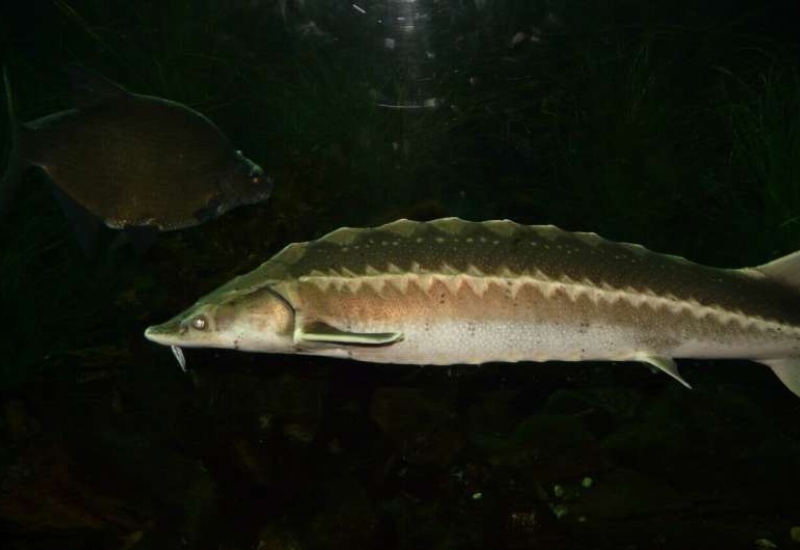
The Atlantic sturgeon, a keystone species, was driven to functional extinction in Europe in the middle of the twentieth century. Supported by a grant from Rewilding Europe’s European Wildlife Comeback fund, a pioneering initiative has seen this iconic fish reintroduced in a Swedish river for the first time ever.
The “Return of the Sturgeon” initiative aims to re-establish the species in the Göta River – the largest river in Sweden. A total of 100 juvenile sturgeon, which were translocated from a breeding facility in the village of Born auf dem Darß, on Germany’s Baltic sea coast, have now been released into the river near Bohus Fortress, in the city of Kungälv. At 10 months old, the fish are 60 cm in length and weigh around 1kg.
The Göta River contained spawning populations of Atlantic sturgeon until the start of the twentieth century. But the species then became locally extinct, mainly due to overfishing and deteriorating water quality. Historic specimens of Atlantic sturgeon at the Gothenburg Museum of Natural History, which were taken from the Göta, indicate that the species once existed and spawned in the river.
Today, the water quality in the Göta has improved and the river system is relatively biodiverse, with a wide range of habitats. Prior to reintroduction, spawning habitats and food sources suitable for Atlantic sturgeon were identified over a sufficiently large area. The reintroduced sturgeon are not expected to stay in the river through their entire life, but will migrate to the estuary, and ultimately the sea, after they develop a higher salinity tolerance with increasing age and size.
Source: Nature World News
Image: Pixabay/CC0 Public Domain
